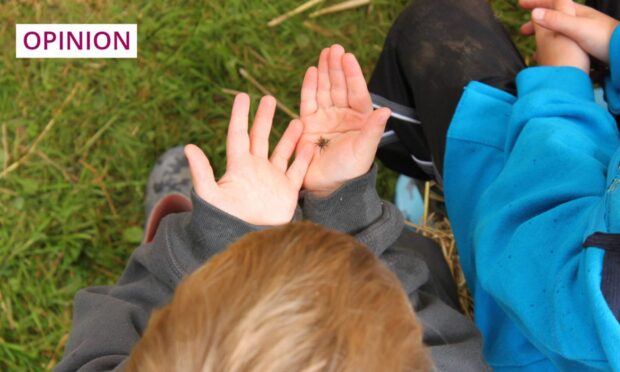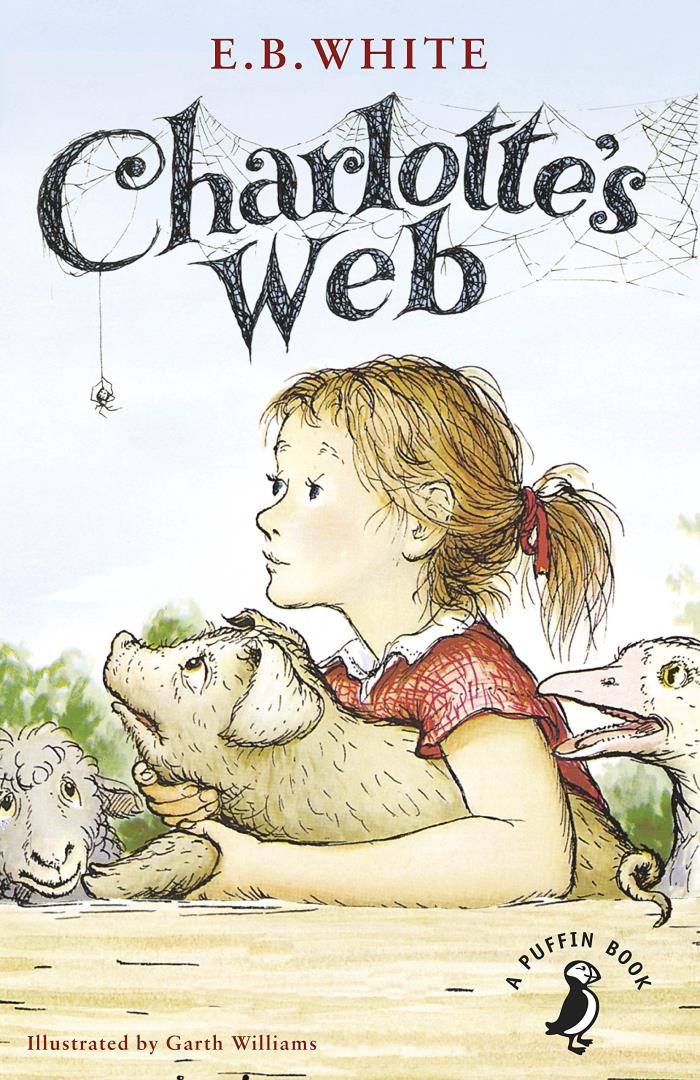Ah. There’s another spider in the bath.
I feel sorry for it, trapped in its acrylic prison, and my gut impulse is to help. But how?
It would be so easy, so quick, to coax the spider onto my hand and transport it elsewhere. But, goodness me, no. I’m not doing that!
Instead, I’ll employ the tried-and-tested method of draping a length of toilet roll down the bath, so the spider has a grippy ladder to climb out on.
There’s obviously a bit of uncertainty when, much later, I notice the spider has disappeared. Has it really climbed out? Or has it taken refuge on the underside of the tissue?
I’ve had occasions when, having confidently pulled the paper away, the unseen, unsuspecting spider has fallen from the paper and onto my feet.
This time, therefore, I’m more proactive. I gently nudge the spider with the paper so that it climbs aboard, and then I whisk it away to deposit said spider on the floor.
I say whisk, because speed is of the essence. In the three seconds it takes to move the paper from the bath to the floor, spiders have a panic-inducing knack of reaching my hand.
Although this, doubtless, all sounds embarrassingly melodramatic, spiders genuinely don’t freak me out. They don’t make me squirm, run, or jump up on a chair. But there is undoubtedly something unsettling going on. Whatever the emotion is, it isn’t so strong as to make me rush away from them in fear, but neither does it make me rush towards them with affection.
It’s a wariness, I guess. But of what? What are these tiny creatures going to do to me? Nothing!
Why can I tolerate wasps but not spiders?
It’s weird. I’ll happily handle worms, beetles, caterpillars, frogs. I’ll even watch a tick crawling up my arm in search of a meal, as I find them morbidly fascinating (though, no, I don’t let them bite).
If a wasp lands on my hand, I won’t shoo it off. I’ll just let it walk about, investigating, until it flies off again, which it always does. And the danger from a wasp is much greater than from a spider.
Why can I apply calm, rational objectivity to wasps, but not to spiders?
It does make me ponder the possibility, espoused by numerous studies, that it’s something innate. Something we’re born with. But plenty of studies say the opposite – that spider-wariness is instead learned.
If that’s the case, then look no further than books, TV and films, where positive depictions of spiders were few and far between when I grew up. Incy Wincy Spider and Charlotte’s Web are the only ones I can recall from my childhood. Everything else was less than complimentary. Think The Hobbit, or Arachnophobia.
But then I think back to my mum, who was completely unfazed by huge house spiders. She’d scoop them up, close her hands around them, and calmly pop them outside. If behaviour is learned, why couldn’t I have learned that?
Spiders are good housemates
One thing’s for sure, I’m not alone in my wariness – for nothing is more likely to upset online followers than photos of spiders popping up unsolicited in their social media feeds. I, therefore, feel sorry for my editor, if she now has to find a suitable photo to illustrate this column. To that end, a fascinating Slovakian study might prove useful.
The study took an image of a typical, unremarkable spider, and then used software to exaggerate certain physical aspects – eyes, hairiness, “legginess” (wonderful word), mouth parts and abdomen – to create additional images of the same spider. It then gauged people’s reactions to each image.
The results didn’t surprise me, because I knew myself which of them made me more uncomfortable, and this tallied with the study’s own findings. The images with the exaggeratedly large abdomen and the one with the enlarged “chelicerae”, or mouth parts, provoked heightened senses of fear and disgust in respondents. So, best steer clear of those, Editor!
One staggering estimate is that spiders, worldwide, consume between 400 and 800 million tonnes of prey every year
Given people’s strong reactions, I’m intrigued by some folk on Twitter, who tell of formerly being terrified of spiders, but who took control of their fears by deliberately learning more about them. Reading, confronting, familiarising, demystifying, until they found spiders so intriguing that the fear or dislike simply dissipated.
If you can’t bring yourself to do that, I’d still encourage you to tolerate spiders as housemates, on account of the free pest control they provide. One staggering estimate is that spiders, worldwide, consume between 400 and 800 million tonnes of prey every year. That doubtless includes a few clothes moths!
And, just last week, I found an old web upstairs, which was black due to the number of midges plastered on it. How many unsuspecting night-time bites had that one spider saved me from, I wonder?
Ben Dolphin is an outdoors enthusiast, countryside ranger and former president of Ramblers Scotland


Conversation